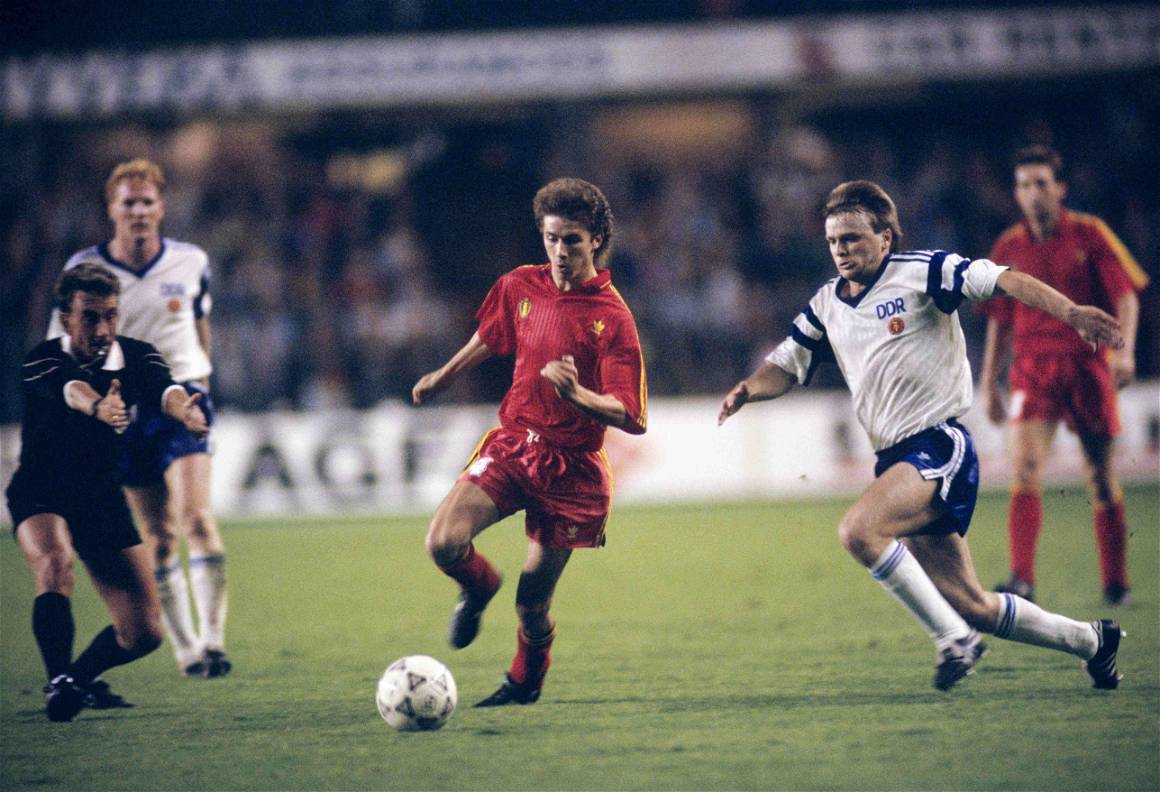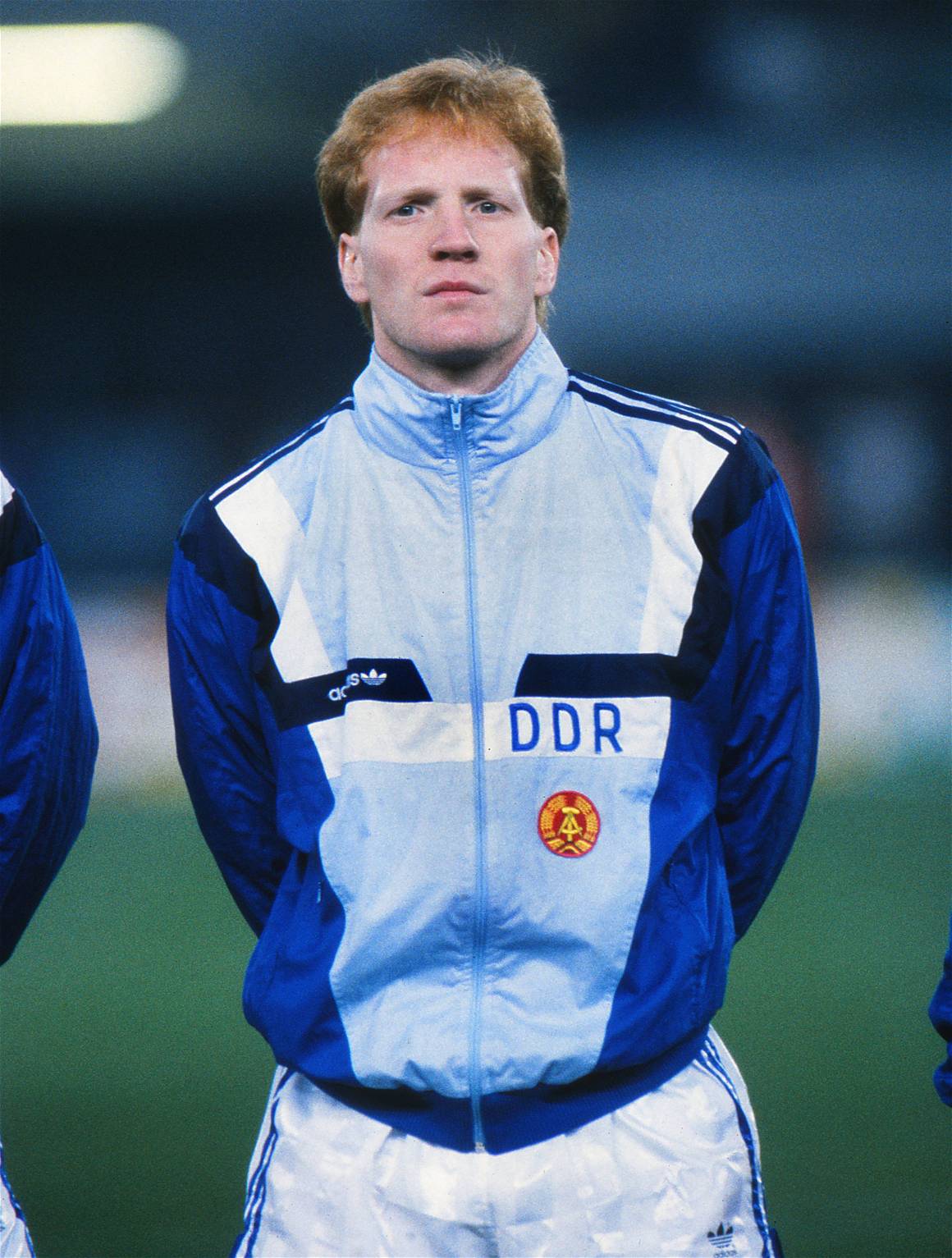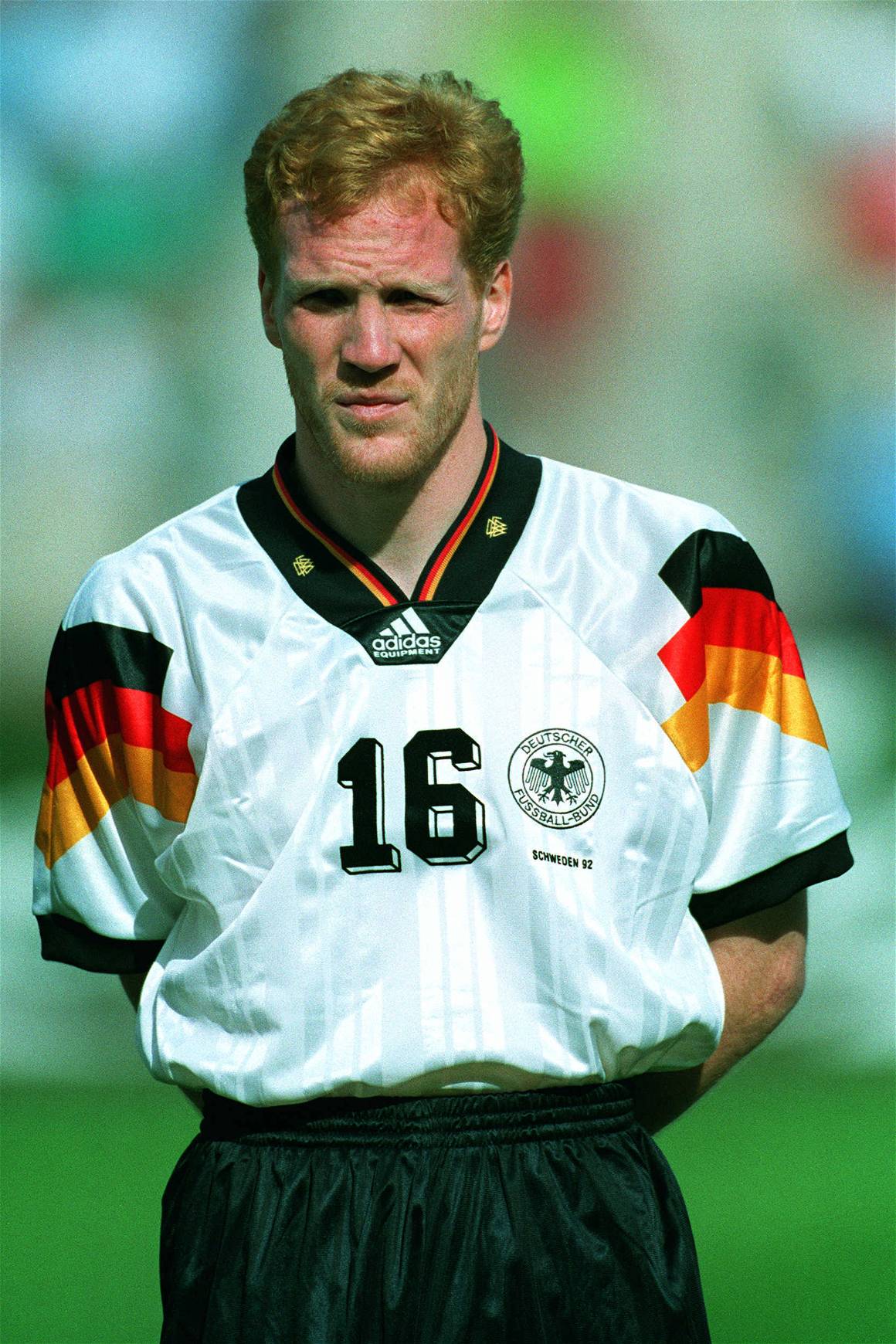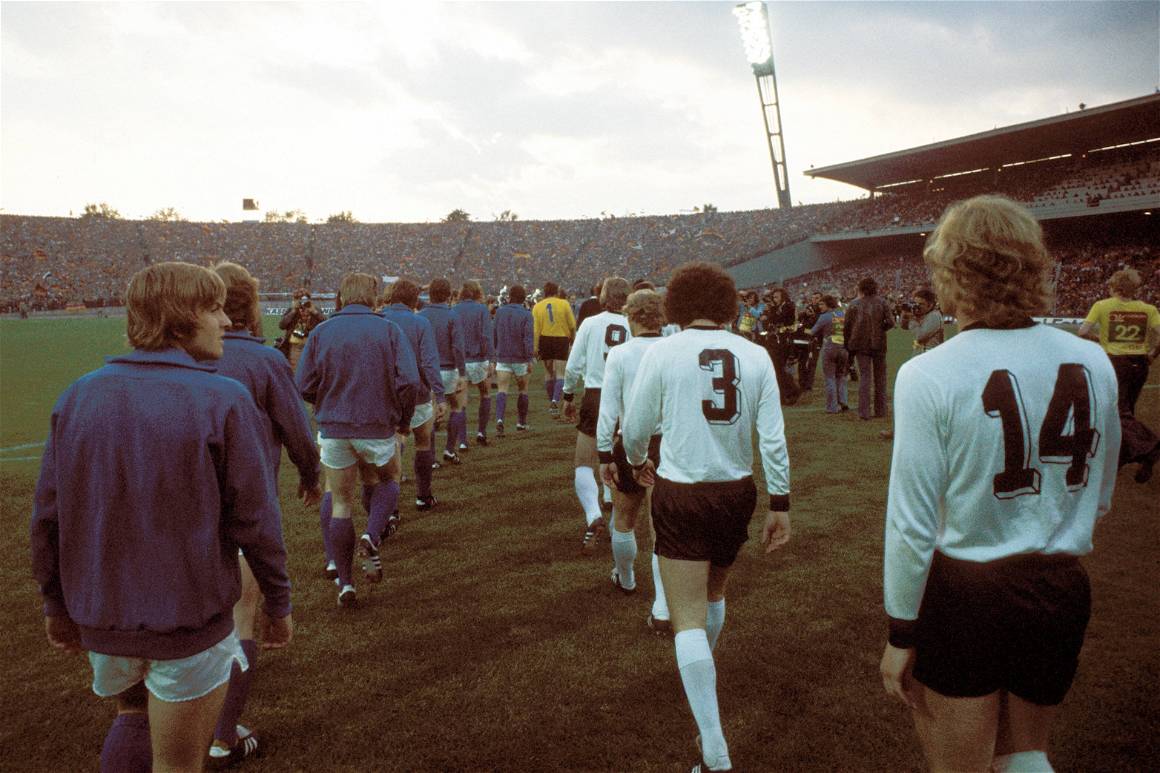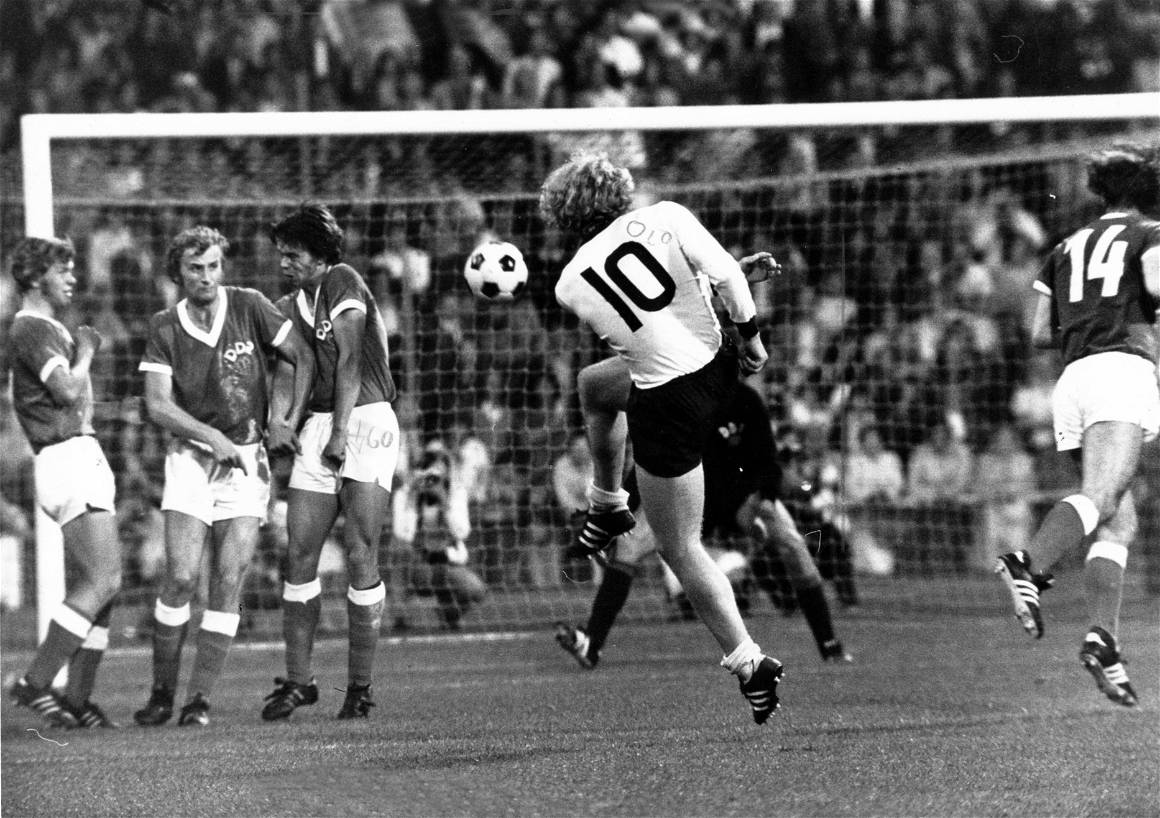The echoes of past triumphs resonating, East German football clubs still vividly remember their glorious days before the fall of the Berlin Wall. They once regularly graced the stages of European cup finals and amassed championships, now, 33 years after the German reunification, the traditional teams from the East find themselves in the bottom divisions of German football.
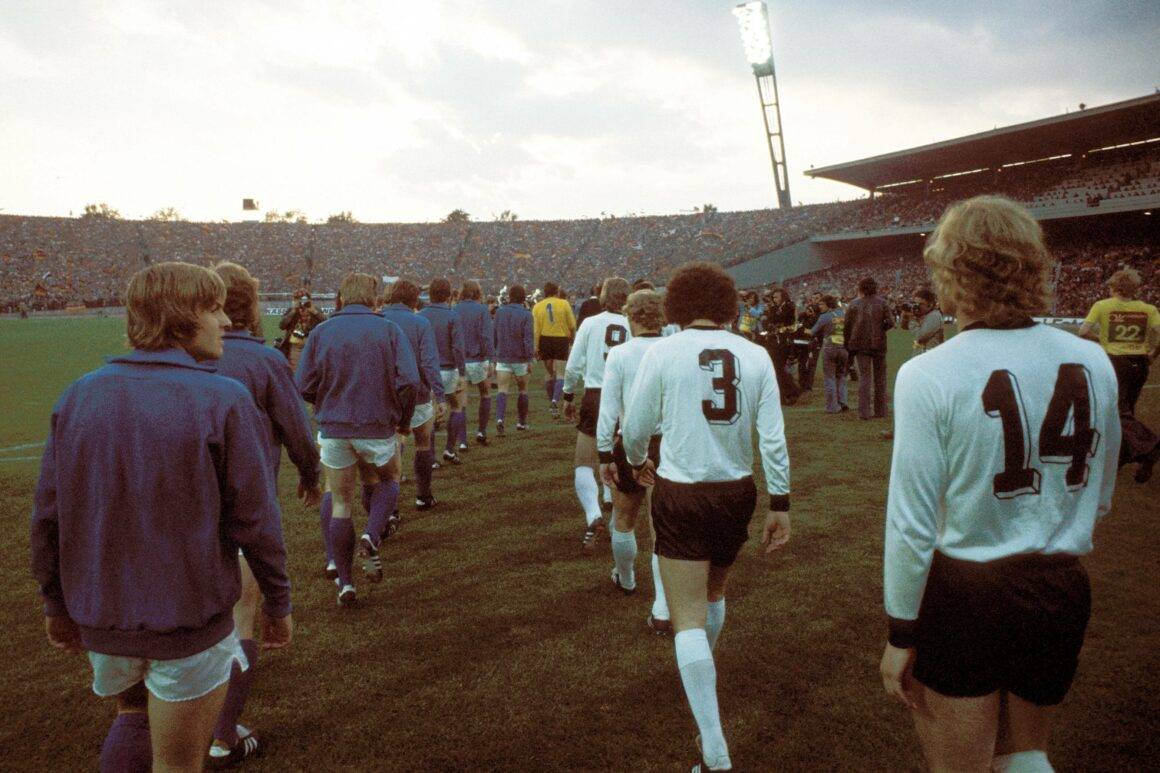
From Trabant to Tristesse: How East German Football Transformed After Reunification
Ahead of the German Unity Day, IMAGO delves further into the East German football culture in the GDR, the impact from the West and its transformation during the German reunification on 3 October 1990.
In the German Democratic Republic (GDR, or East Germany), football was more than just a sport; it was a significant socio-political entity. The GDR had its own football league system, with the Oberliga as the top division. Teams like SG Dynamo Dresden and BFC Dynamo dominated and enjoyed considerable success.
The clubs had dedicated fan bases, who are still, to this day, supporting their team wholeheartedly. For many, football offered a form of escapism from regular society. However, the sport was not immune to the political and economic challenges faced by the country, and issues like state control and surveillance were pervasive. The government exerted substantial influence over football, with the Stasi (state security service) closely associated with BFC Dynamo.
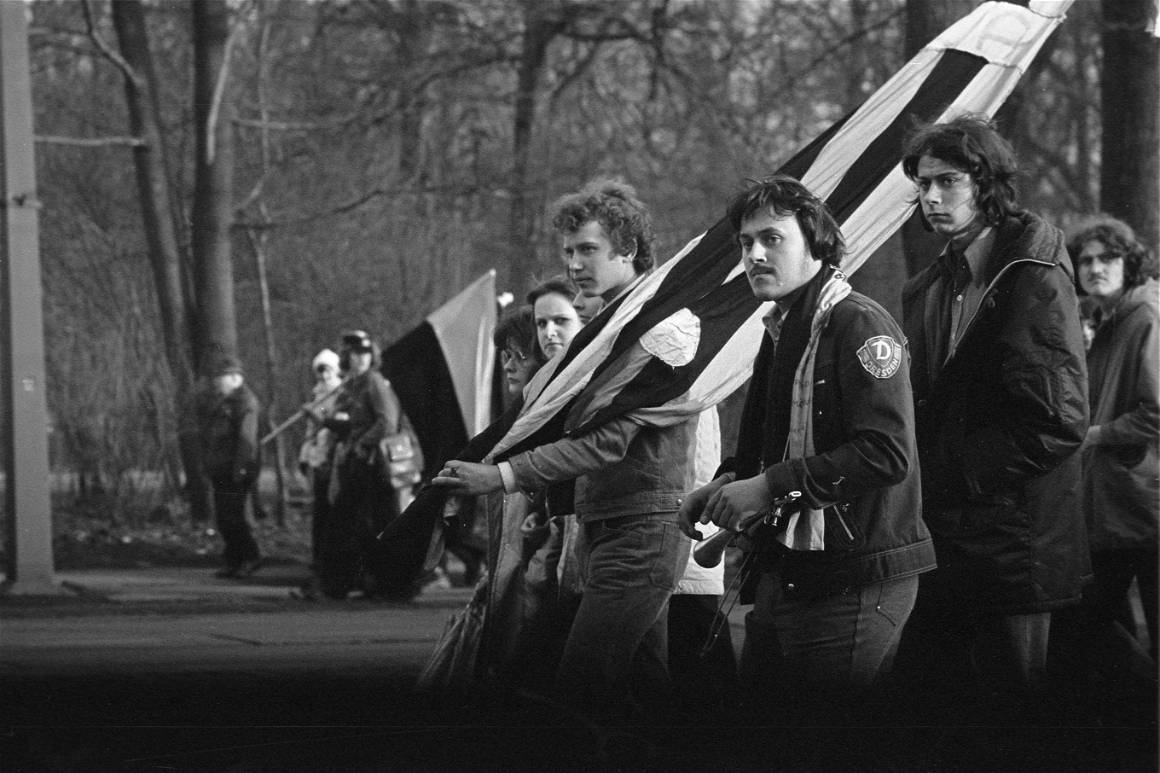


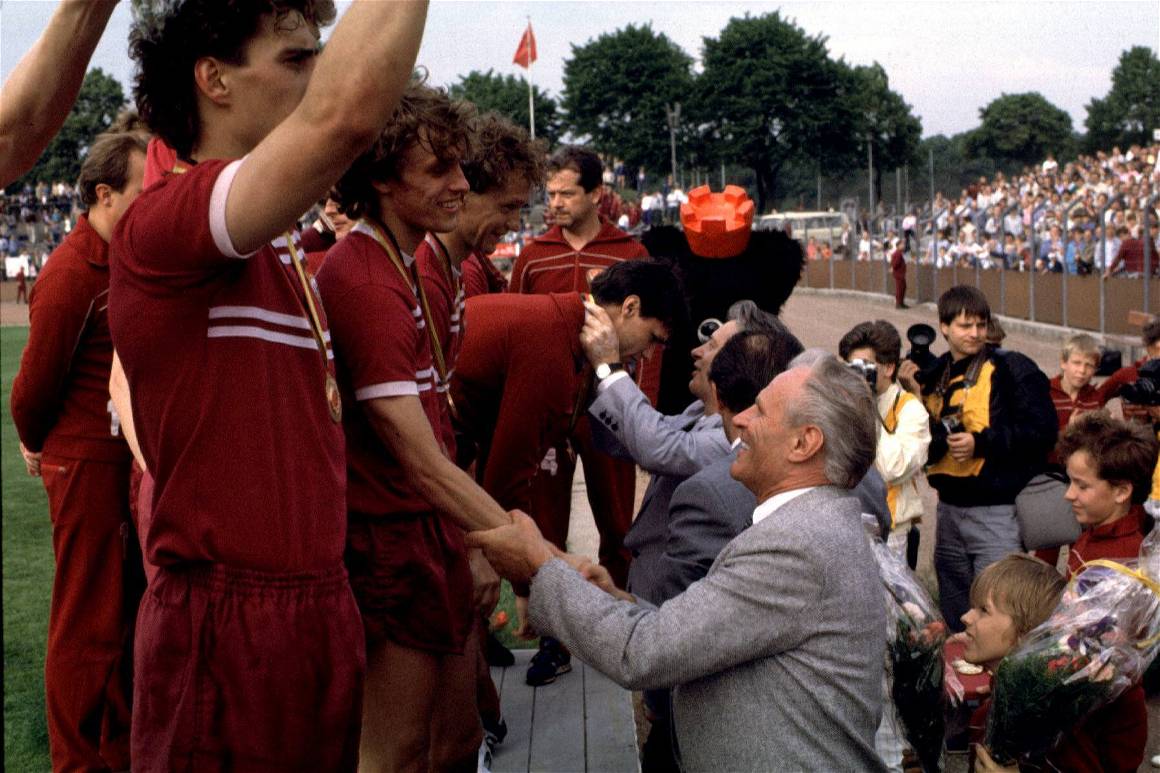
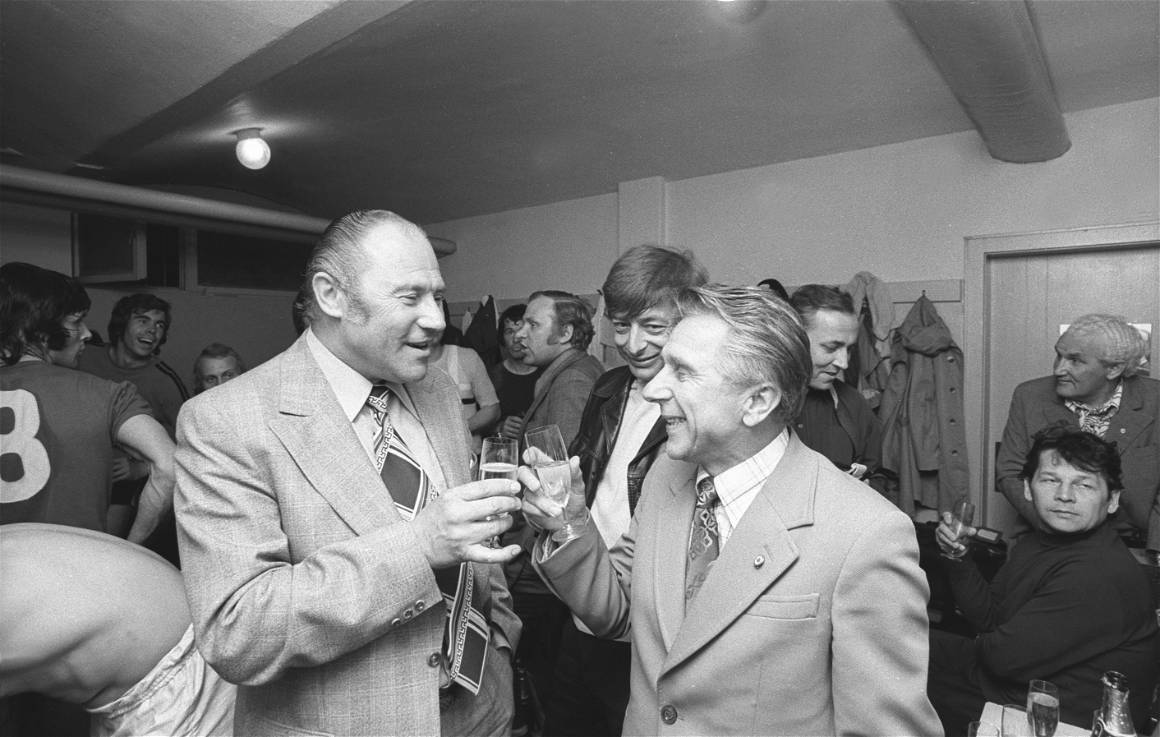

The Fall
Particularly in the 1970s and 1980s, clubs from the former German Democratic Republic (GDR) made regular appearances in the latter stages of European competitions. 1. FC Magdeburg won the European Cup Winners’ Cup in 1974 against AC Milan, while Carl Zeiss Jena and Lokomotive Leipzig both made the final of the competition. Dynamo Dresden represented East Germany in a record 98 games in Europe.
With the fall of the Berlin Wall in 1989, the economic situation changed drastically for the clubs from the East.
Once financed by the state, the police, the army and large combines, the sports clubs and company sports associations lost their economic basis overnight. Experience in the professional and market economy sectors was lacking.
The East German clubs struggled to compete with the more economically robust clubs from West Germany, who instantly sent their scouts and representatives to the games and practice sessions of the East German football teams to get in contact with East German star players like Ulf Kirsten, Matthias Sammer, Uwe Rösler and Andreas Thom. Around 150 players made the switch to Western teams in the 1. and 2. Bundesliga in the first five years after reunification, because for many, it was the first chance to earn money by playing football professionally.
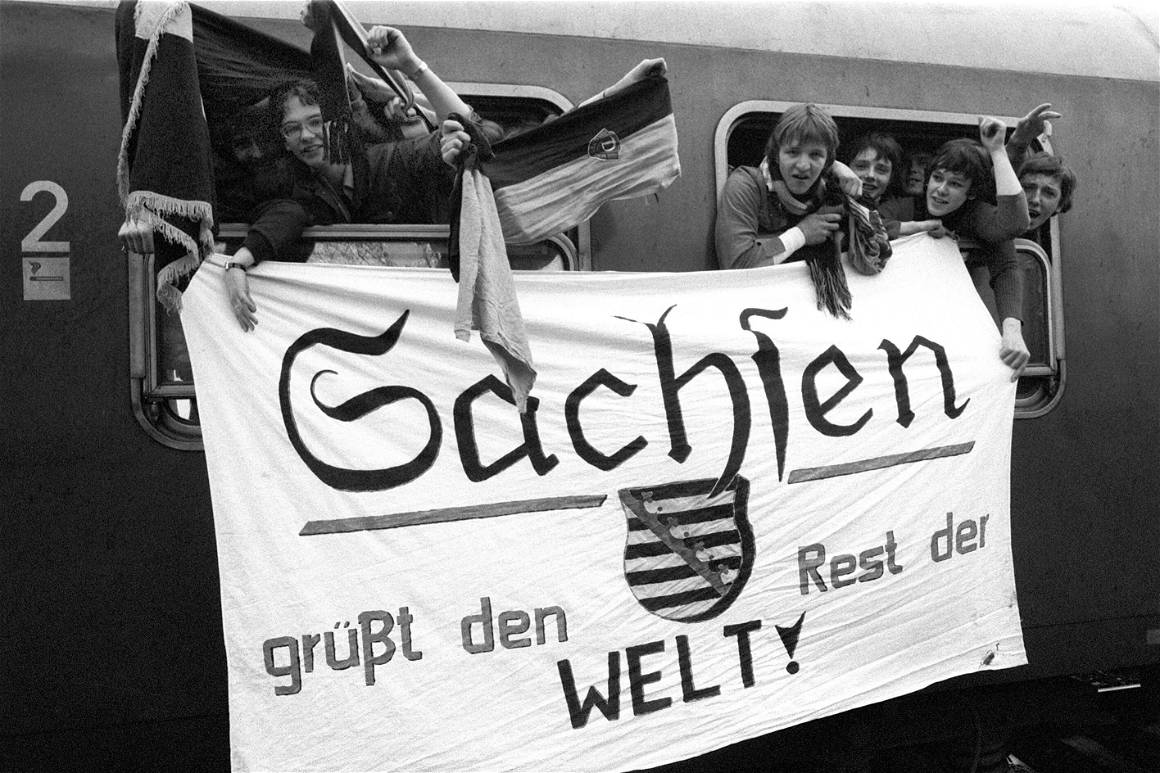
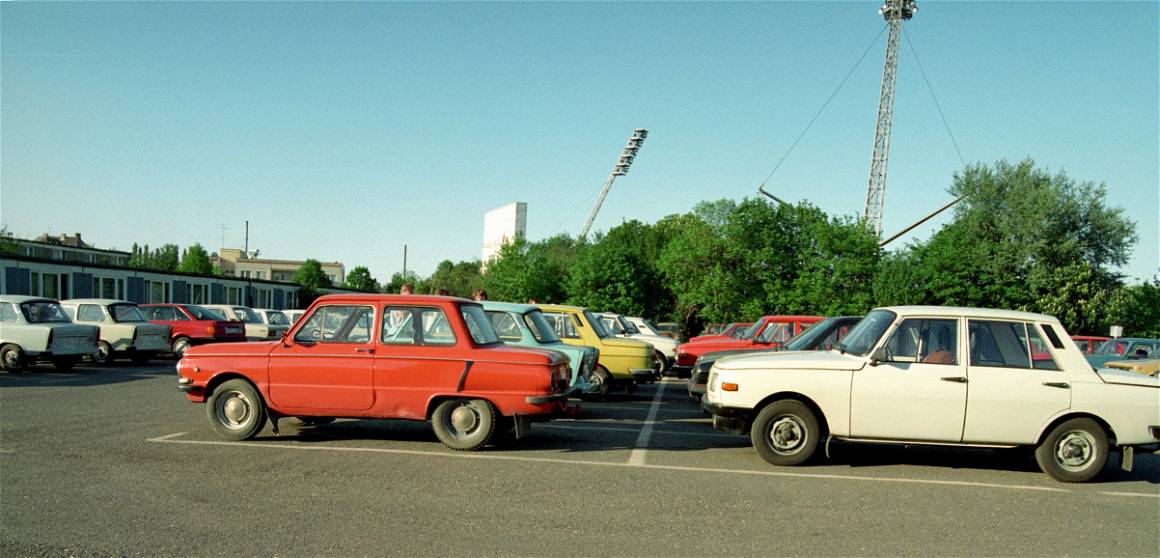

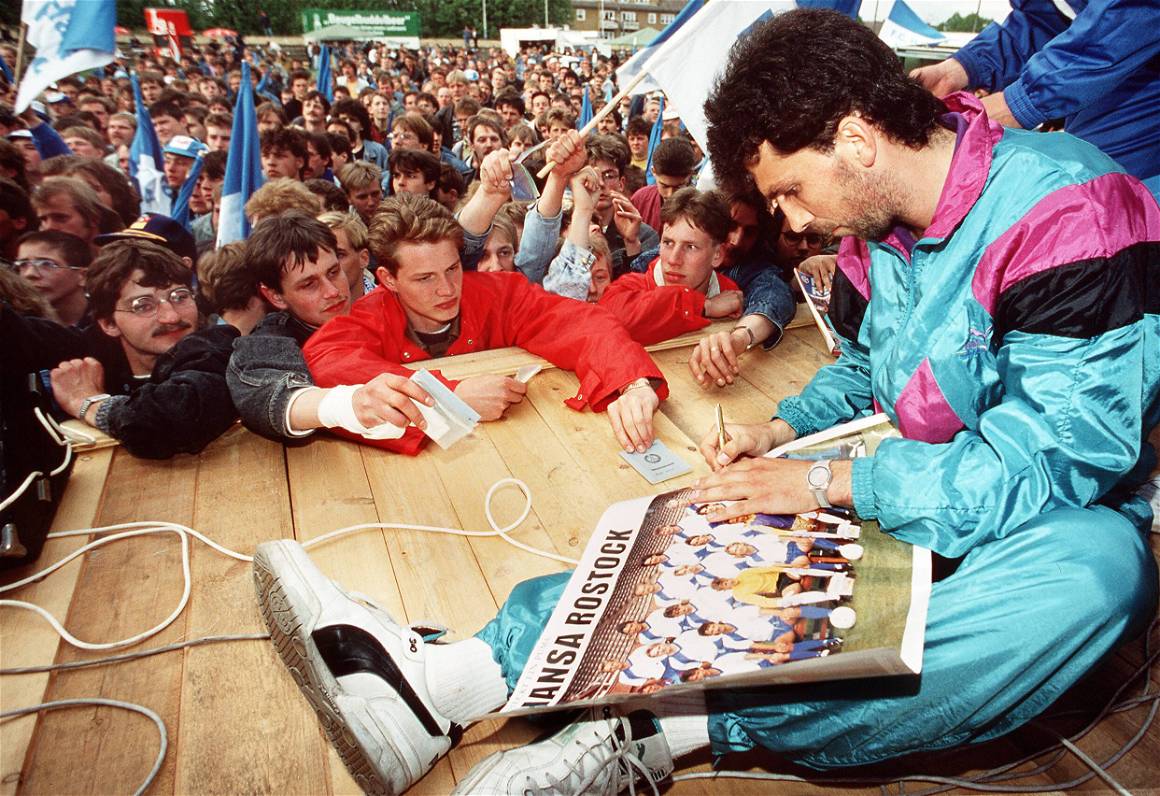

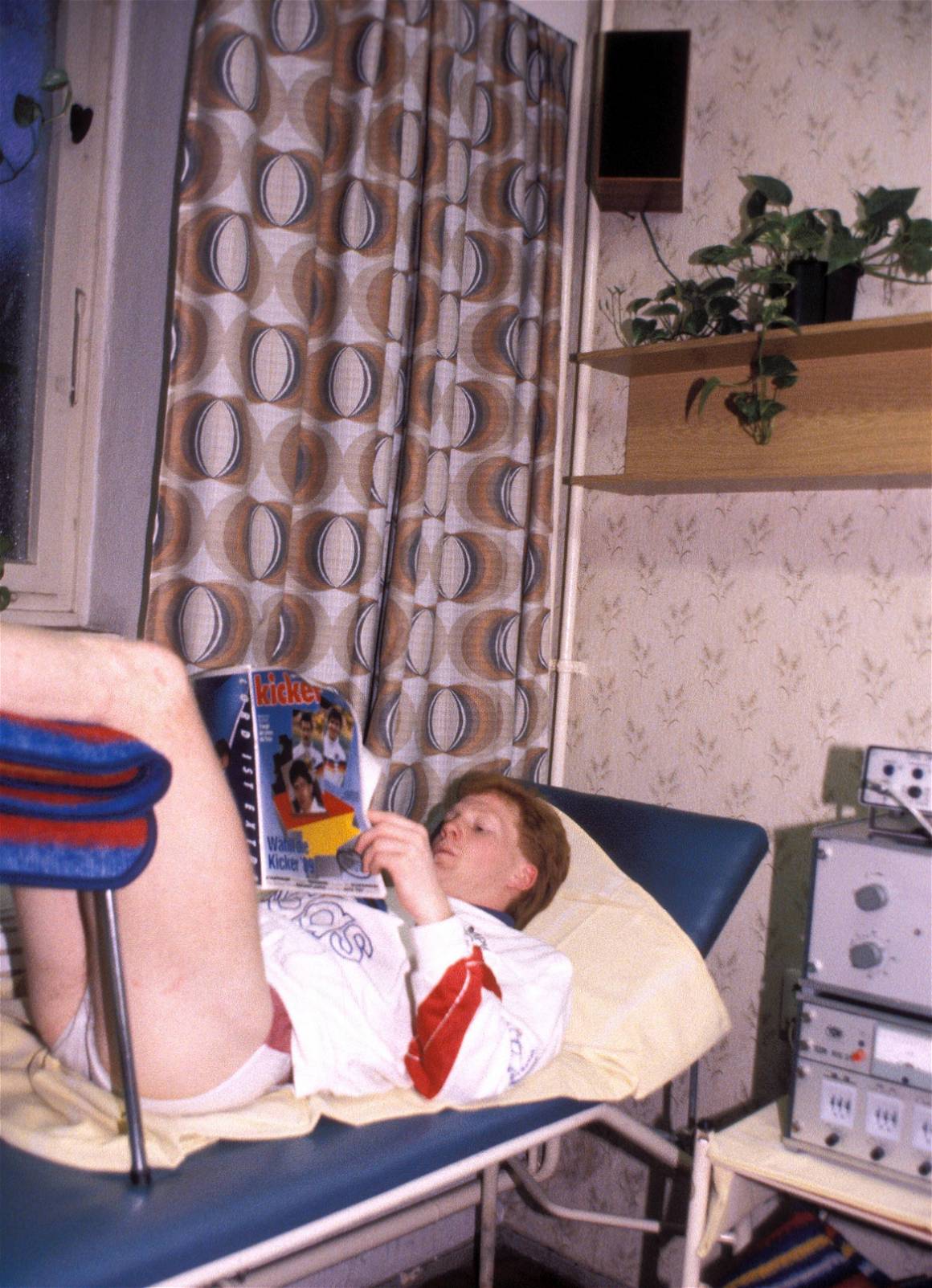
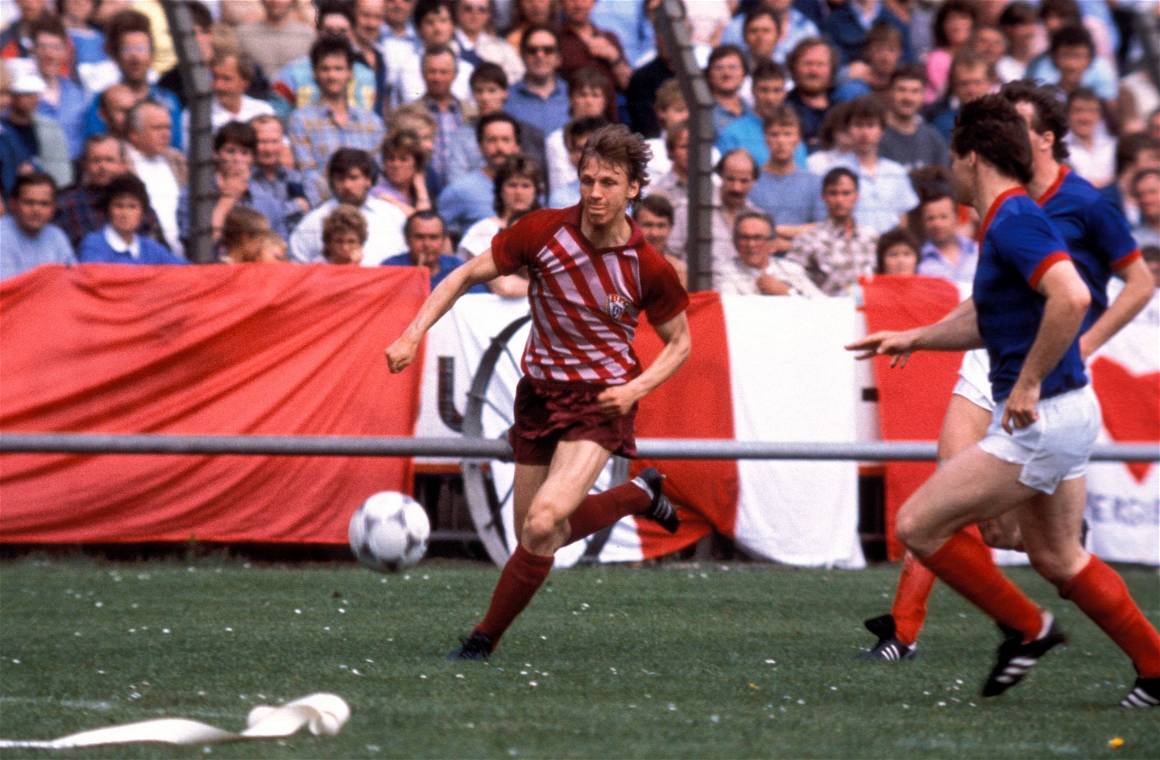

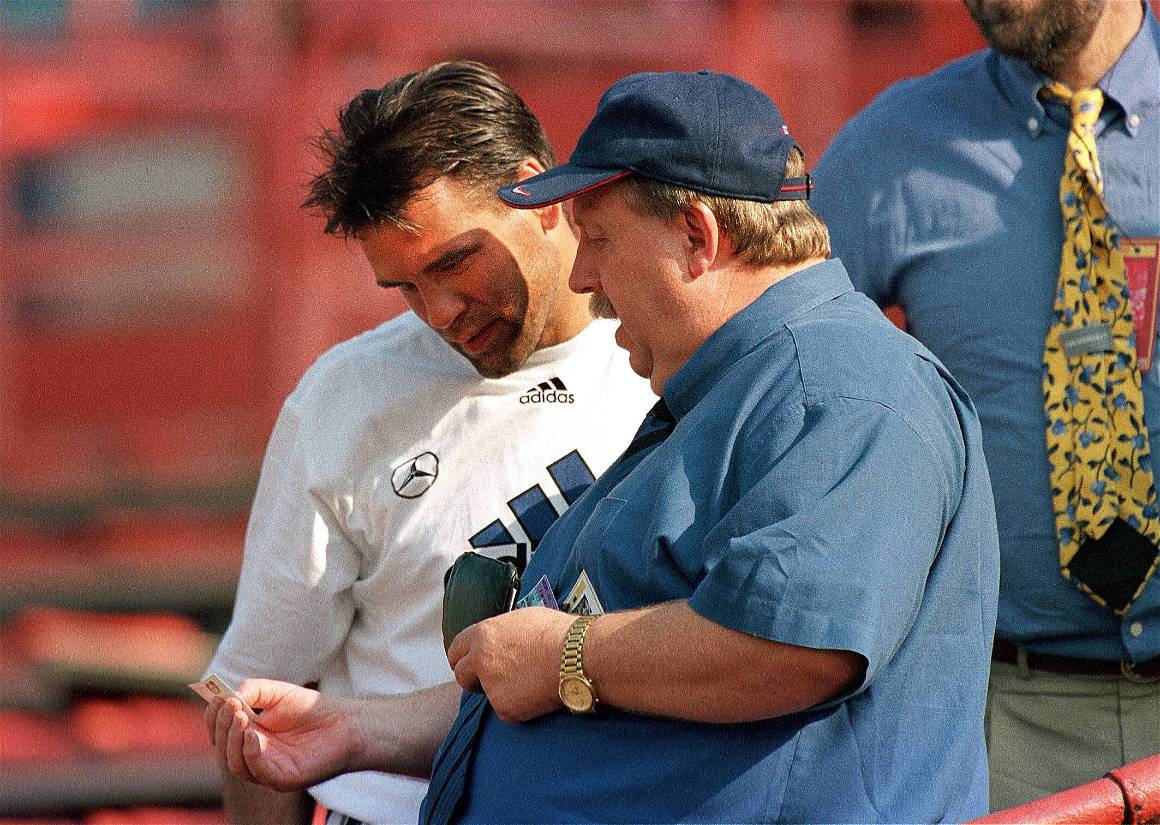
Integration into the Bundesliga
Following reunification, the clubs of the old DDR-Oberliga were integrated into the West German pyramid. After tough discussions between the GDR football federation and the DFB, they agreed on adding the top two (SG Dynamo Dresden, FC Hansa Rostock) to the Bundesliga, third to sixth would join the second division, while seventh to twelfth entered a play-off to qualify for the second division. The 1991/92 season would mark the beginning of a unified German football league system. In the end, both newly integrated East German clubs did not stand a chance against the strong competition from the West. Hansa Rostock got relegated, while Dynamo Dresden finished closely above the drop, in 14th place.
Four years later, SG Dynamo Dresden’s fate of relegation was also sealed. After not being able to fulfill the economical requirements for the license to take part in the Bundesliga, the former East German powerhouse was forcefully relegated to the Regionalliga.
Now, 33 years later, many of the once thriving clubs in the GDR-Oberliga have vanished in the bottom tiers of German football or have been dissolved, because of lacking funds. Stahl Brandenburg and Stahl Eisenhüttenstadt (dissolved), once backed by the heavy metal industry in the region, have fallen victim , after the industry was forced to shut down after the reunification. FC Hansa Rostock and 1. FC Magdeburg compete in the 2. Bundesliga, and SG Dynamo Dresden play in the third division.
Only one team has recently built their own path to success and has since been a proud representative of football in East Germany, 1. FC Union Berlin. The team from Berlin-Köpenick has qualified for the highest level of European football, the UEFA Champions League, after a 4th place finish in the German Bundesliga. Another controversial representative is RB Leipzig, who have been founded in 2009 with the interest of marketing an Austrian energy drink brand, and have since established themselves at the top of the Bundesliga and the UEFA Champions League.


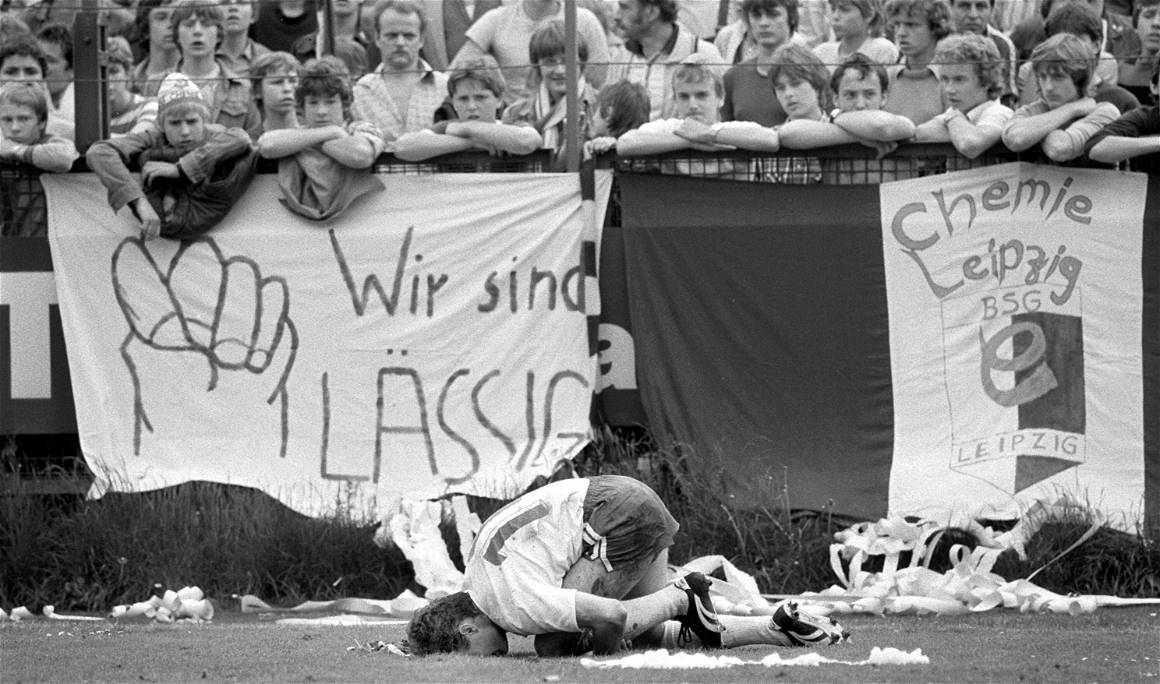
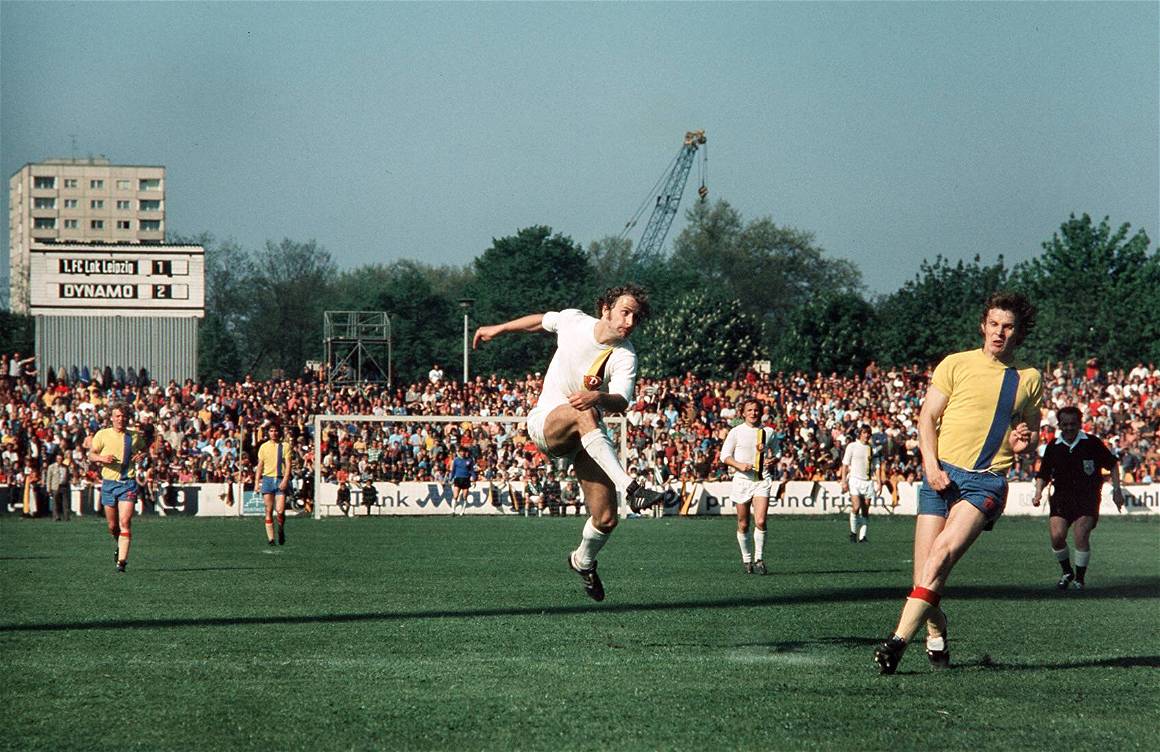
The Last Game of the East Germany National Football Team
On September 12, 1990, the last ever game of the GDR national team was played. Initially scheduled as part of the qualifying campaign for the 1992 European Championship, the GDR played Belgium in Brussels. But, with the reunifcation nearing on the horizon (3 October 1990), meaning the merging of the East German football team with the West German team, the game was transformed to a friendly instead. Emotions were running high before kickoff, with the players and fans alike sensing the historical significance of this encounter. The GDR won the game 2:0 after a late brace of star player and GDR football legend Matthias Sammer, who, at this point, had already joined West German top club VfB Stuttgart.
